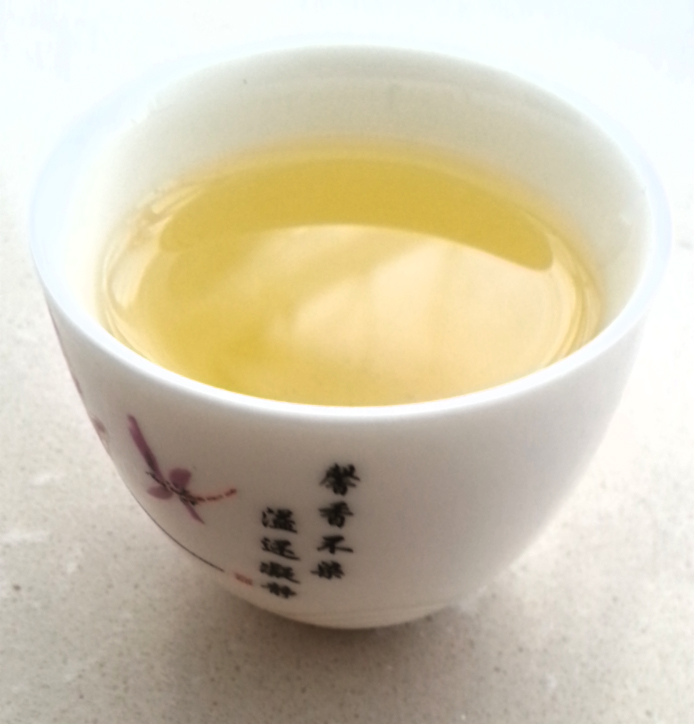[fusion_builder_container hundred_percent=”yes” overflow=”visible”][fusion_builder_row][fusion_builder_column type=”1_1″ background_position=”left top” background_color=”” border_size=”” border_color=”” border_style=”solid” spacing=”yes” background_image=”” background_repeat=”no-repeat” padding=”” margin_top=”0px” margin_bottom=”0px” class=”” id=”” animation_type=”” animation_speed=”0.3″ animation_direction=”left” hide_on_mobile=”no” center_content=”no” min_height=”none”][fusion_text]
The following summary comes from Oregon State University Linus Pauling Institute Micronutrient Information Center and presents an in-depth study of the compounds found in tea. GLF Tea USA recommends a visit to their website for the full article.
This link leads to a website provided by the Linus Pauling Institute at Oregon State University. GLF Tea USA is not affiliated or endorsed by the Linus Pauling Institute or Oregon State University.
Different processing methods of tea leaves involve variable degrees of oxidation yielding different types of tea (green, oolong, or black tea). In 2014, Americans consumed 3.6 billion gallons of tea, of which 84% was black tea, 15% was green tea, and the remaining was white, oolong, and dark tea. Herbal teas are infusions of herbs or plants other than Camellia sinensis and will not be discussed in this article. Although tea contains a number of bioactive chemicals, including caffeine and fluoride, most research has focused on the potential health benefits of a class of compounds in tea known as flavonoids. In many cultures, tea is an important source of dietary flavonoids.
- Tea is an infusion of the leaves of the Camellia sinensis plant, which is not to be confused with herbal teas.
- All the tea types, including white, green, oolong, black, and Pu-erh tea, are produced from the leaves of the Camellia sinensis plant. Different processing methods yield the various types of tea.
- Biologically active chemicals in tea include flavonoids, caffeine, fluoride, and theanine. Green teas are especially rich in a group of flavonoids called flavan-3-ol monomers or catechins. Black teas contain more complex chemicals — theaflavins and thearubigins — derived from catechins.
- Observational studies in humans suggest that daily consumption of tea may be associated with a reduced risk of cardiovascular disease (CVD). Intervention studies showed that tea exhibited cholesterol-lowering, anti-inflammatory, antioxidant, and anti-hypertensive properties, which might be beneficial in the prevention of CVD.
- Tea consumption has been associated with reduced risk of developing type 2 diabetes mellitus in large prospective cohort studies. Yet, the mechanisms behind this association are complex, possibly involving a role for tea bioactive compounds in the regulation of energy balance, lipid and glucose metabolism, insulin sensitivity, body composition, and/or body temperature.
- Despite promising results from animal studies, current evidence does not support a role for tea consumption in the prevention of most cancers in humans.
- It is still unclear whether tea consumption is associated with increased bone mineral density and/or reduced risk of osteoporotic fractures.
- Limited research suggests an inverse association between tea consumption and risk of tooth cavities. The incorporation of green tea extract in mouthwashes and/or toothpastes may also help reduce dental plaque and gum inflammation in patients.
- The pooled analysis of three large US prospective cohort studies found an 11% lower risk of kidney stones with the highest versus lowest level of tea intake. More research is needed to assess whether the oxalate content in tea may affect subjects with a history of kidney stones.
- The mounting evidence for a role of tea consumption in the prevention of cognitive decline comes from observational studies. Clinical studies would be needed to establish whether tea or its bioactive constituents could limit cognitive decline and/or improve cognitive dysfunction in older individuals.
- The use of green tea extracts in clinical trials was found to cause gastrointestinal disorders and liver toxicity. Tea consumption may also potentially interfere with certain medications, including the anticoagulant, warfarin, and some cardiovascular drugs.
Haven’t tried the best white tea yet? Visit our GLF Tea Store and enter the code: GLFNEWS during checkout for a 10% discount on your purchase![/fusion_text][/fusion_builder_column][/fusion_builder_row][/fusion_builder_container]
